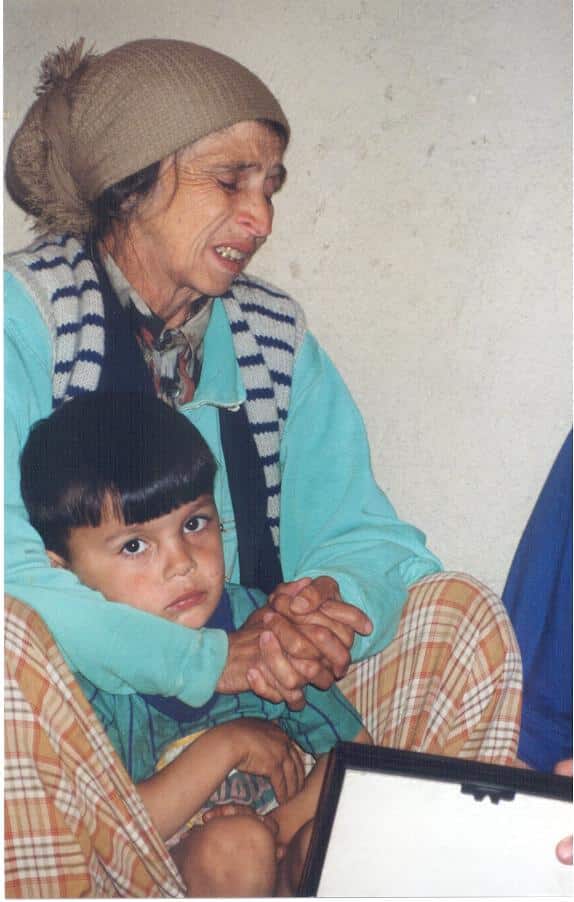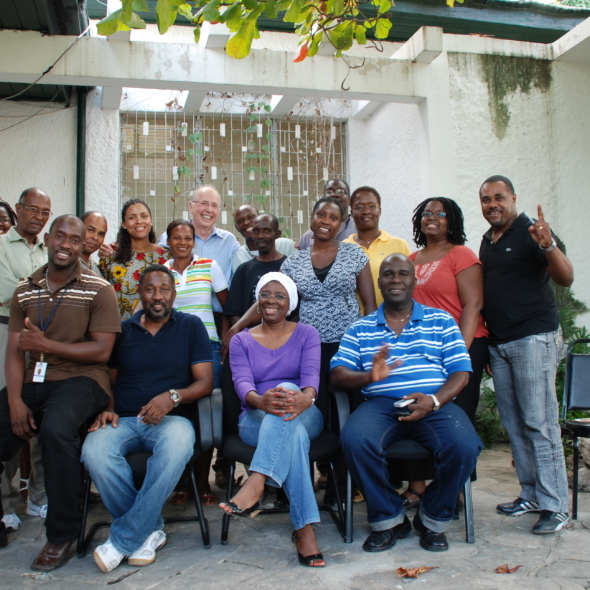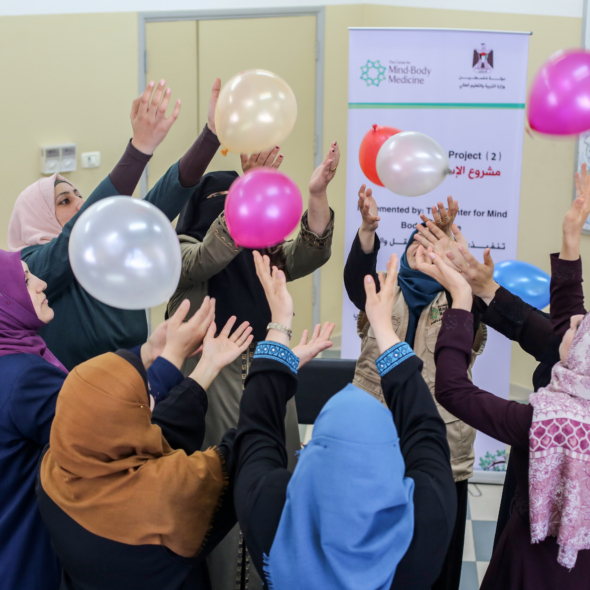The month of June is National PTSD Awareness Month, and June 27th is National PTSD Awareness Day. But what exactly is PTSD? And how does it affect us?
Posttraumatic stress disorder (PTSD) occurs after a traumatic event, such as a car accident, shooting, combat, natural disaster, or sexual assault. Often after an event like this, people will have painful memories, feel nervous, have trouble sleeping, or experience other disruptive feelings. Eventually, many people start to feel better and can begin returning to their normal lives. However, this may not always be the case, and sometimes people continue to struggle for months or even years. This is a sign that the person may be suffering from PTSD.
It’s unknown why some people suffer from PTSD and others don’t. Symptoms vary between people, and can develop over different timelines. Sometimes, PTSD symptoms won’t appear for months or years after the event, or the symptoms may come and go. PTSD is a mental illness and not a sign of weakness. Suffering from PTSD is not a reflection of the person.

Symptoms of PTSD include:
- Flashbacks/nightmares – Reliving the event, including unwelcome thoughts about the event. This can be triggered, such as hearing a car backfire that reminds you of gunshots while in combat, or may happen untriggered.
- Avoiding things that remind you of the event – This may include avoiding people or places who remind you of the event. You may also try to stay constantly busy to avoid thinking about the event.
- An increase in negative thoughts or feelings – Losing interest in things and activities you used to enjoy, or feeling sad, numb, or guilty about the event.
- Hyperarousal – Constantly feeling on edge and having trouble relaxing. This may manifest itself as lack of sleep, irritability, or unhealthy behaviors, such as drug and alcohol use.
How to treat PTSD?
The important thing to note is that PTSD should be treated. PTSD symptoms very rarely go away on their own. There are many forms of treatment, which may be used independently or in combination with each other, including therapy and medication. The Center for Mind-Body Medicine‘s model is one treatment that has had great success getting rid of or lessening PTSD symptoms. CMBM teaches a variety of techniques that can be utilized to calm the mind and body and help release pent-up feelings, allowing the sufferer to move beyond the trauma. Our model has been used in war-torn countries including Gaza and Kosovo, after natural disasters such as Hurricane Katrina in New Orleans and the devastating earthquakes in Haiti, and in Newtown after the Sandy Hook tragedy. We also have ongoing work on Pine Ridge Reservation in response to the suicide crisis among young people, in Jordan with community leaders working with Syrian refugees, and with veterans and veteran organizations at home in the US.

PTSD manifests in many forms, can be caused by a wide range of events, and affects people from all backgrounds. CMBM’s model is adaptable to the individual’s needs, but so are other treatment options. If you suffer from PTSD, or think you might, seek professional help. And if you have a loved one who is suffering, be supportive and understanding. We’re all in this together.
To learn more about PTSD, check out the National Center for PTSD.




